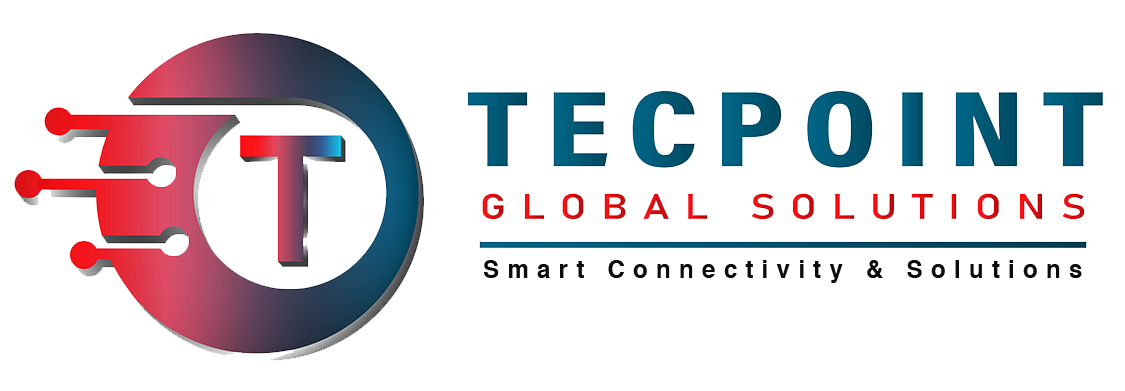Fiber internet is delivered via glass fiber optic cables, which enable data to be translated using light rather than electricity at a much faster rate than cable connections.
How does fiber Internet work?
To deliver high-speed data over longer distances, it employs a network of fiber optic cables. The data travels at the speed of light down the cables. This means you’re more likely to get faster download speeds and a more stable internet connection.
Fiber optic cables make use of a technology first developed in the 1950s for endoscopes, which allowed doctors to see inside the human body without invasive surgery. Researchers were able to use that technology to transmit telephone calls by the 1960s.
But why is glass used? Glass, on the other hand, allows data transmission via light — this is the “optic” part of fiber optics. In theory, this allows data to travel at the speed of light (186,000 miles per second). In practice, it is roughly 70% of that, but it is still significantly faster than other internet connections.
Various types of fiber internet
While the promise of high speeds offered by fiber optic cable sounds appealing, it’s important to remember that not all fiber internet is created equal, and not all fiber connections can achieve maximum speed or data transfer.
1) Fiber To The Home, or FTTH: is the fastest consumer-facing fiber option. This is also known as Fiber to the Premises, abbreviated as FTTP. This is when fiber optic cable is brought directly to your home or business, providing a direct connection to the network.
2) Fiber to the Curb, or FTTC: Many internet service providers use Fiber to the Curb, also known as FTTC. Fiber optic cables are placed across utility lines in this option, bringing high-speed internet to neighborhood blocks and communities. The connection from those poles to homes and other buildings, on the other hand, is made with coaxial cable. Because this shorter cable typically uses copper rather than fiber optics, speeds are slower than the direct fiber connection to the home.
3) Fiber to the Node, FTTN: Finally, there is Fiber to the Node, also known as Fiber to the Neighborhood and abbreviated as FTTN. Fiber optics are brought within one mile of a neighborhood with Fiber to the Neighborhood. Internet service can be accessed via cables from this node, which is typically a network box. However, the farther a home is from this node, the slower their connection. Fiber to the Node is regarded as the slowest of the fiber internet options currently available.
What are the benefits of the Fiber Internet?
Fiber broadband transports more data in less time by using actual light beams.
· Connection
Fiber optic cables are more powerful than traditional copper phone lines. This makes them more resistant to electrical interference and cold weather, both of which can wreak havoc on your broadband internet.
· Bandwidth
Bandwidth is the amount of data that can be transferred at any given time. Your internet will be slow if your bandwidth is low, especially if your household uses multiple devices online at the same time.
And, with FTTP, the fiber optic cables extend all the way to the house, resulting in no bandwidth loss.
Conclusion
Fiber internet is still significantly faster than cable internet. Not only can it achieve much faster speeds, but it can also carry significantly more data.
Fiber internet accomplishes this through the technological innovation of transferring data via light, which not only provides faster speeds but also lower latency — the amount of time it takes for data packets to transfer from one point to another. Fiber internet is the most reliable and fastest internet connection available.

